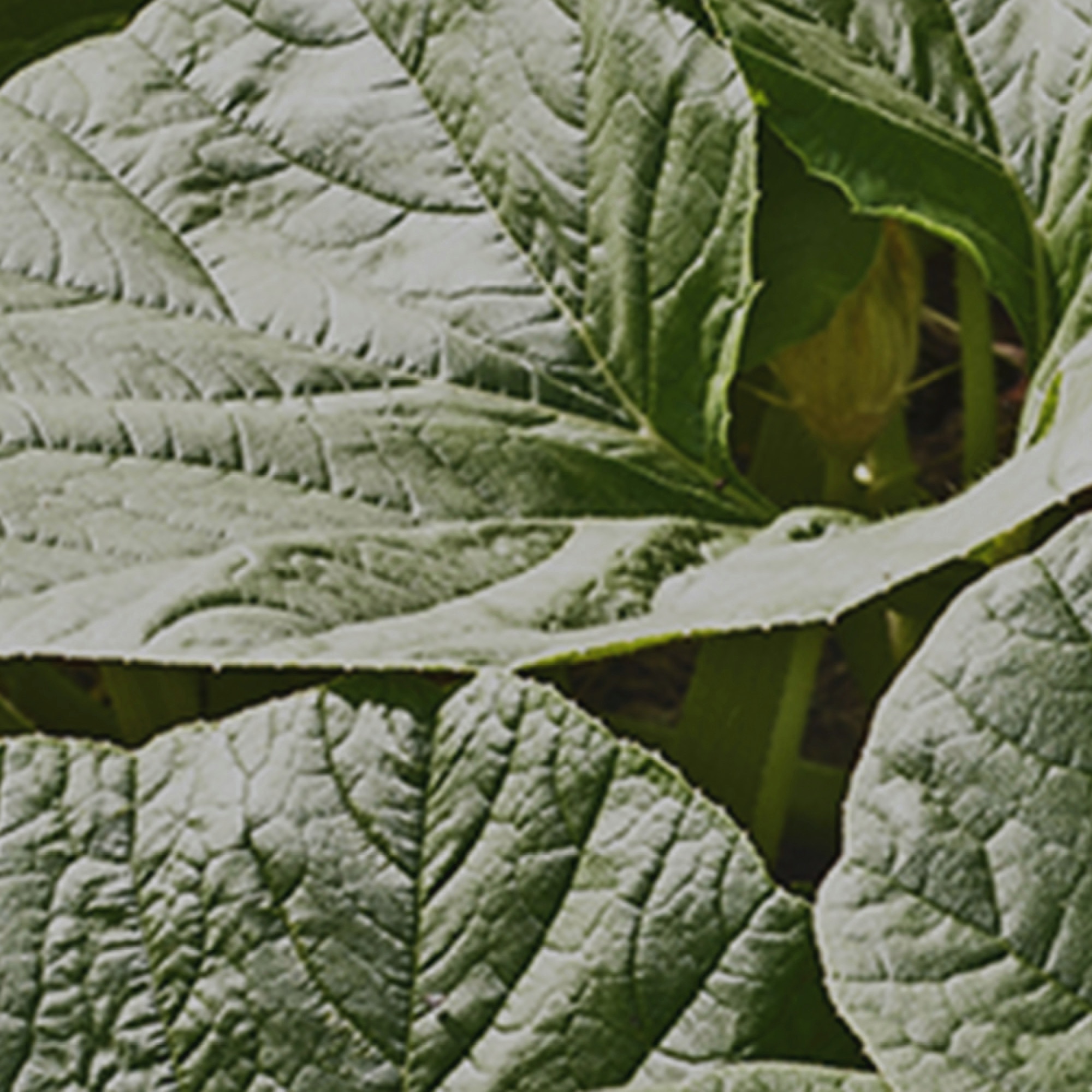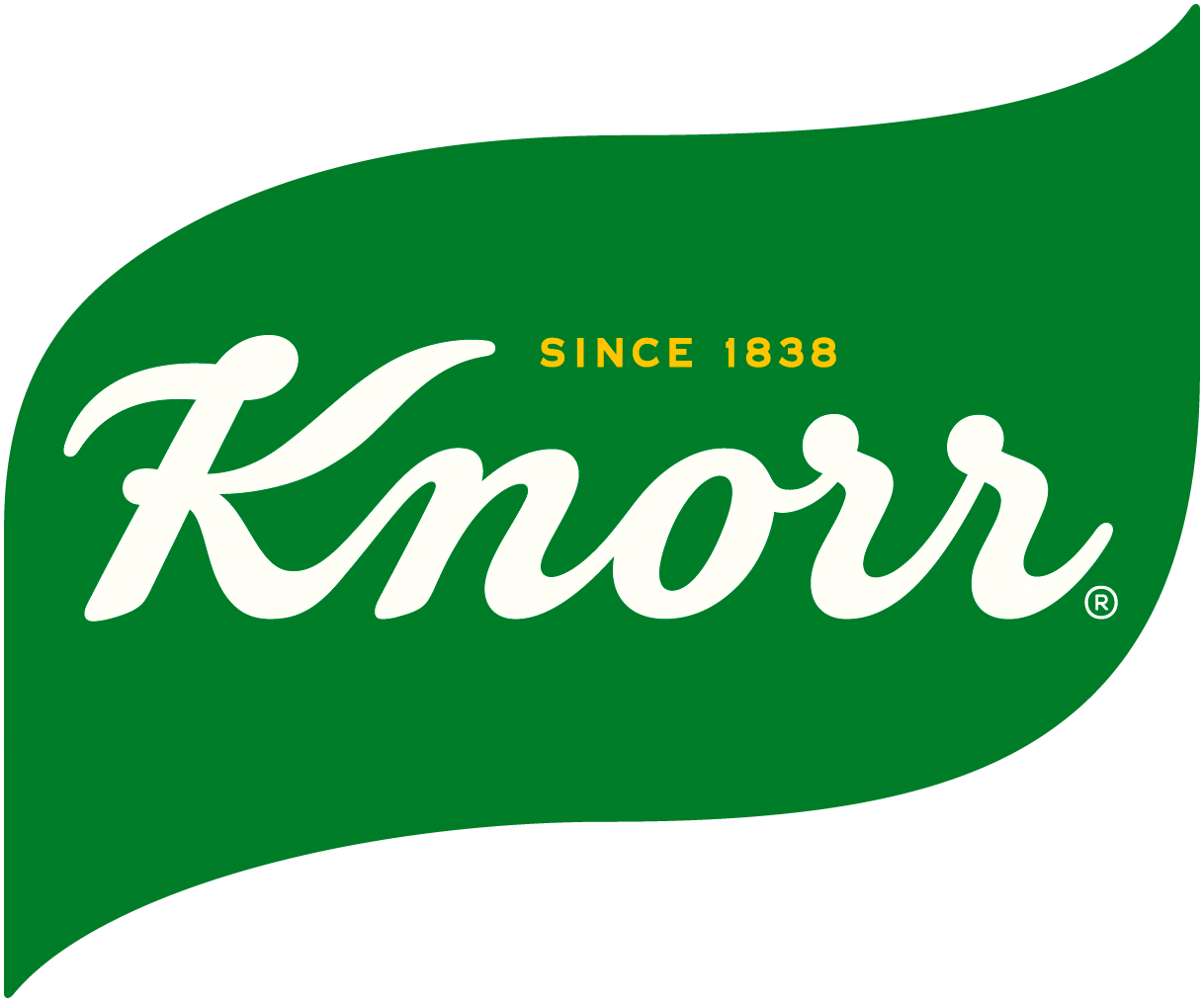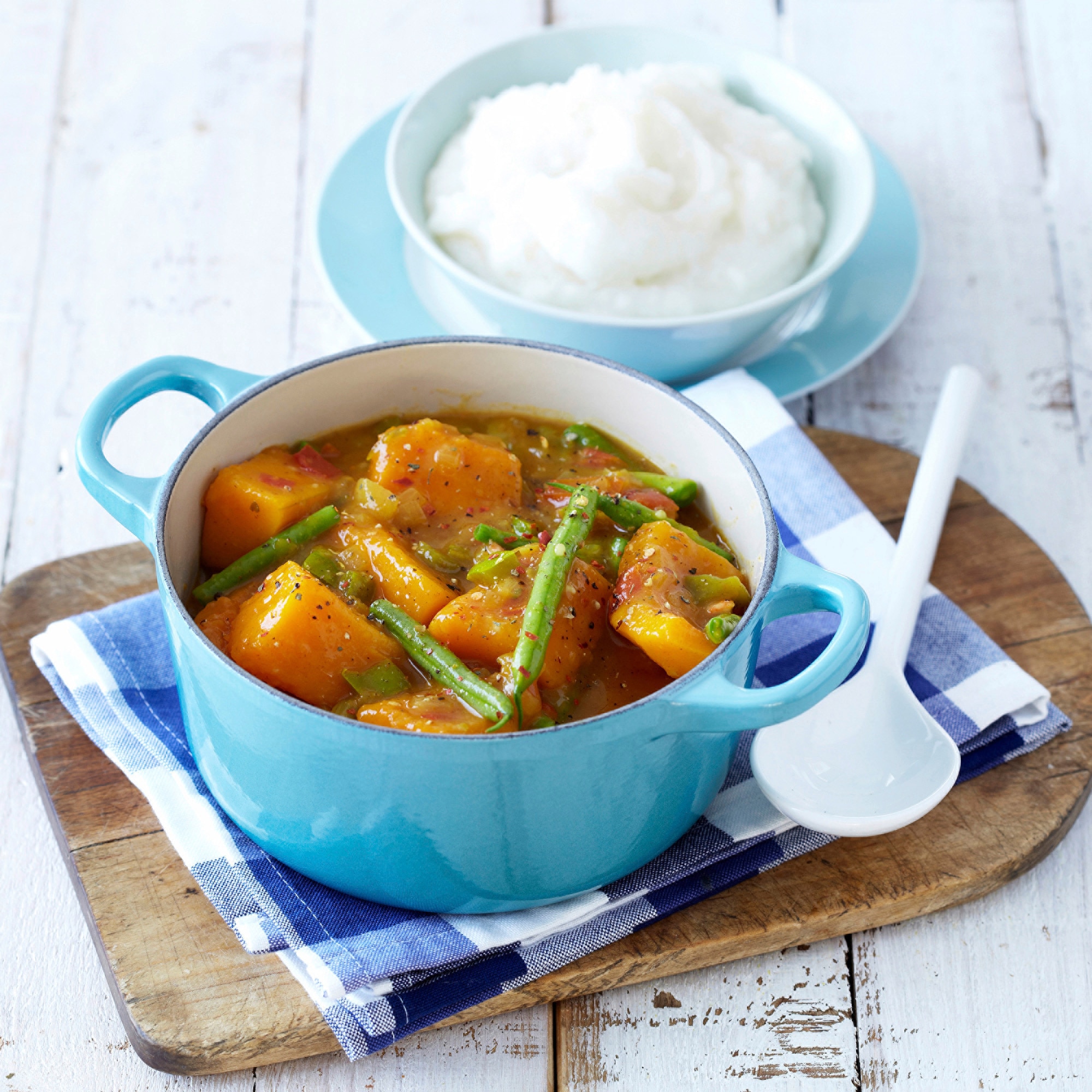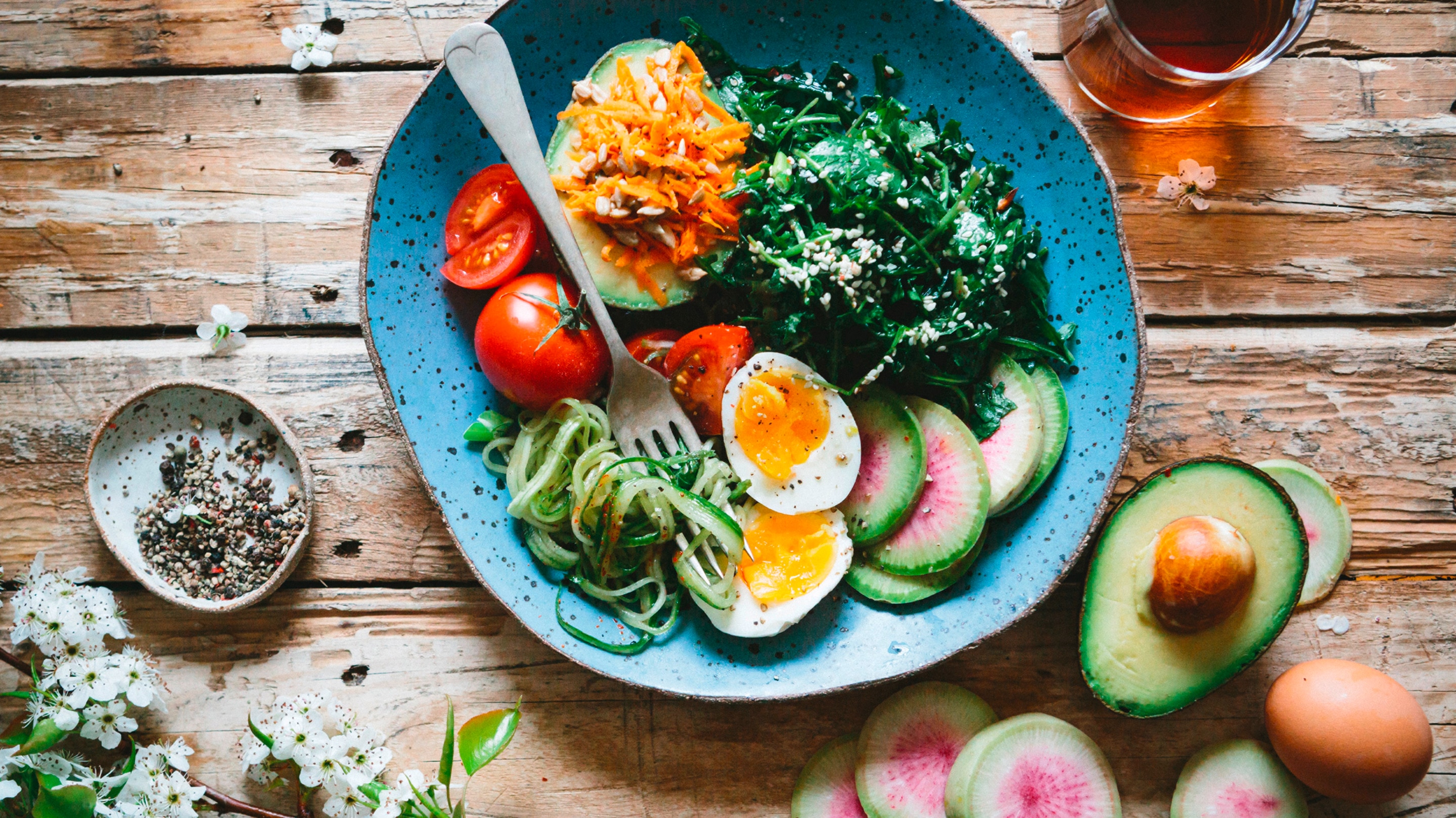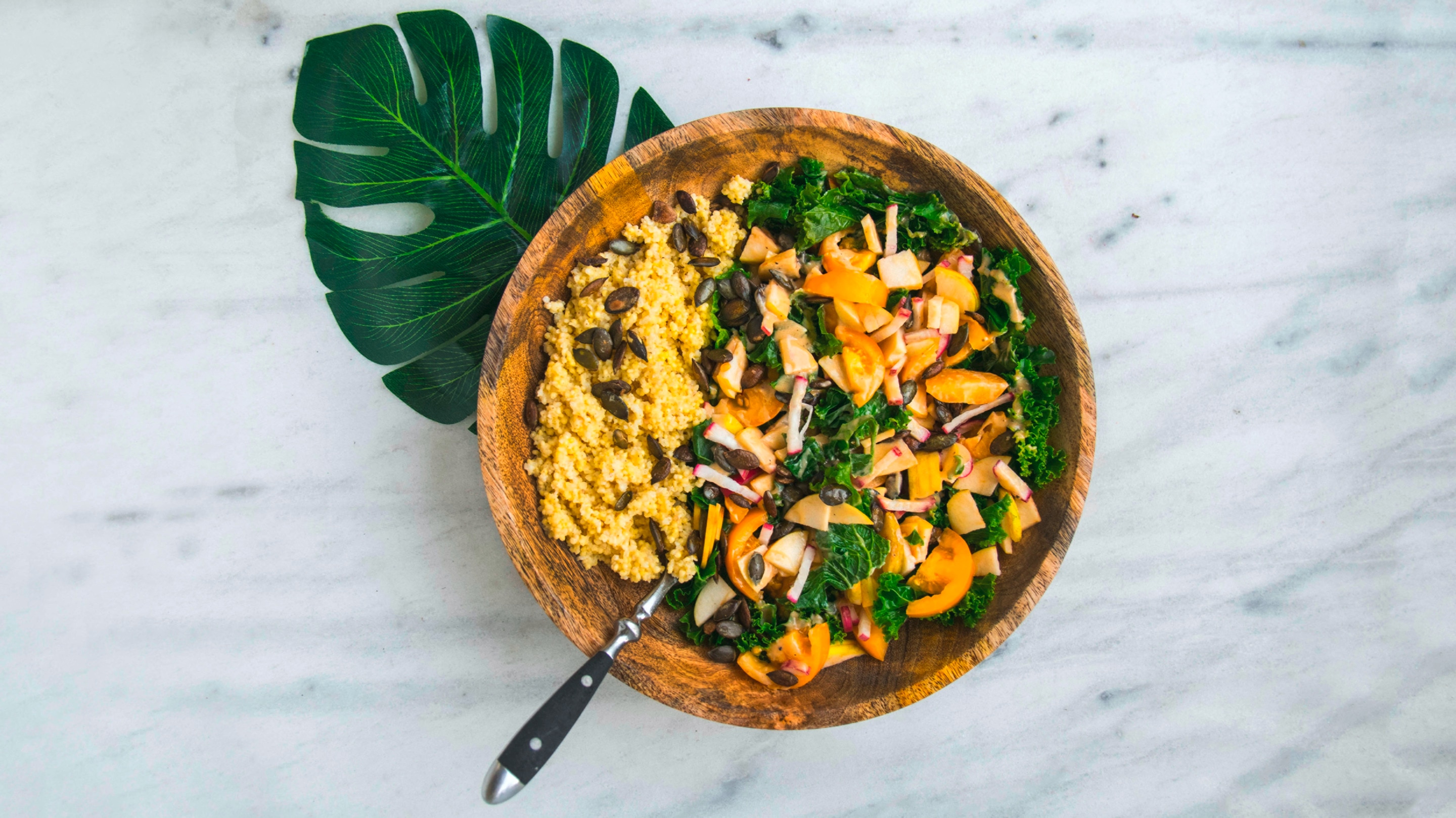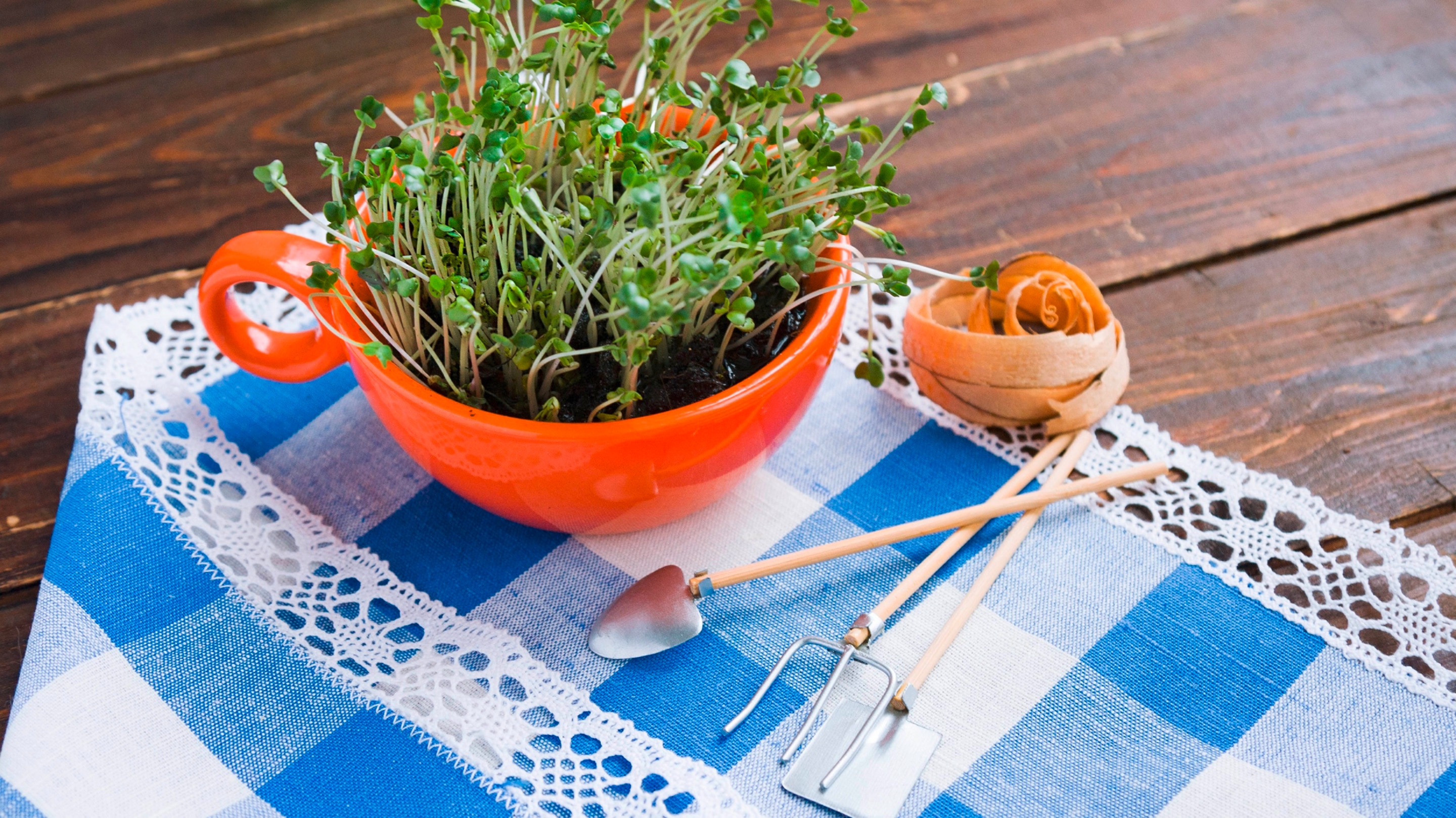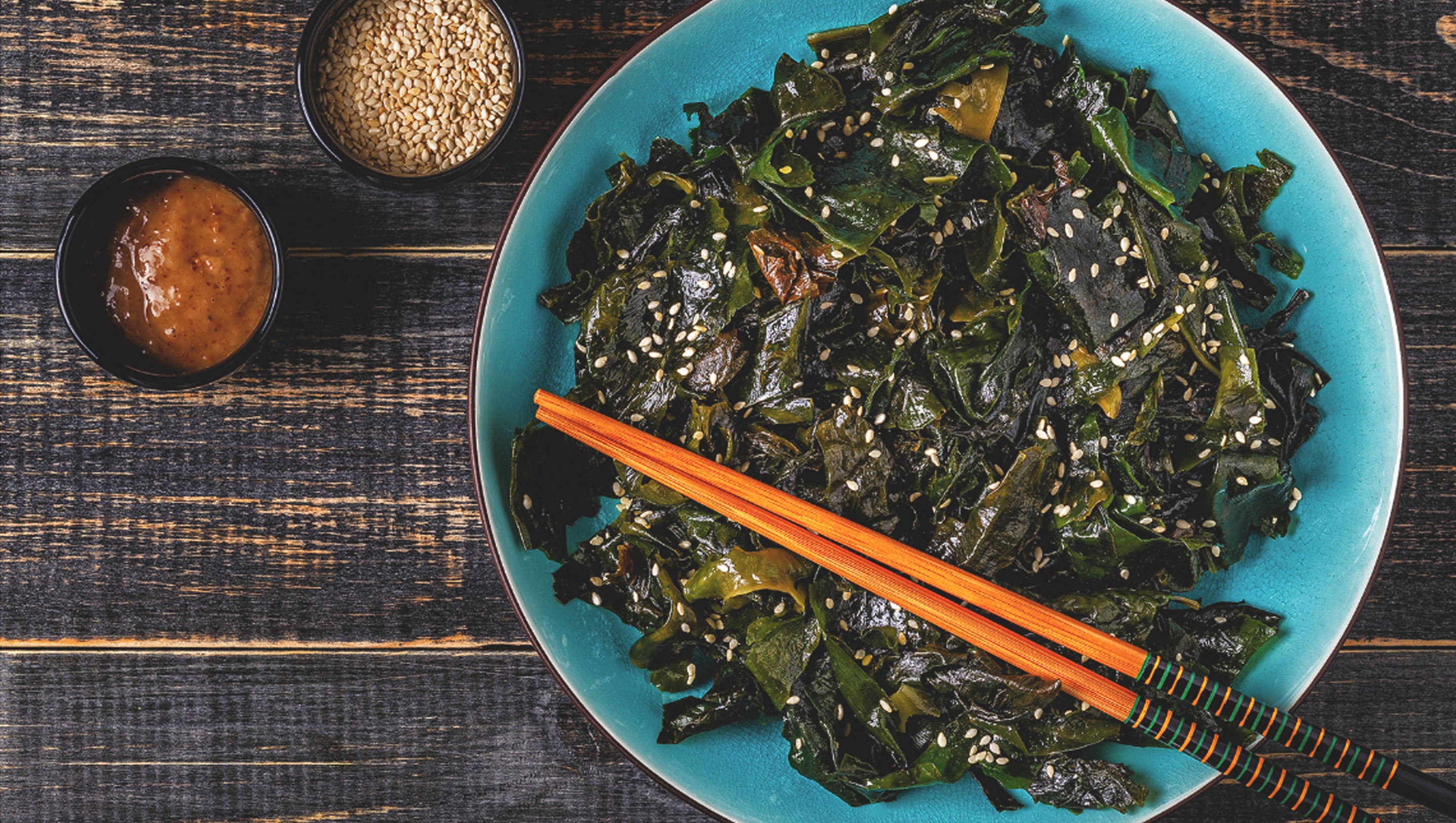Skip to:
How To Cook With Pumpkin Leaves
Many people who grew up in South Africa’s rural areas will remember a sprawling patch of pumpkins behind the house, and the excitement of picking a big fat pumpkin and carrying it triumphantly to the kitchen. Often, though, pumpkin leaves were left behind to wilt, except by those clever grannies who always saved them for use in soup and stew recipes.
Pumpkin leaves are eaten fresh and dried in many other parts of Africa, including Zimbabwe and Zambia, and they’re particularly popular in West African countries, where the leaves of the fluted pumpkin are a treasured crop most often used in soups and stews.
Home-grown ingredients and other heritage foods so beloved by earlier generations are receiving renewed attention now, and that’s one of the reasons why pumpkin leaves are one of the star ingredients in our list of planet-friendly Future 50 Foods. But not the only reason: pumpkin leaves are also very nutritious - they’re a good source of iron and Vitamin K, low in calories, and high in dietary fibre.
They’re delicious too, and taste like a fresh and crunchy cross between asparagus, broccoli and spinach.
If you have access to a friendly farmer, or you grow your own pumpkins, here’s how you can use these healthy greens in your kitchen:
- When they’re very young and tender, tiny pumpkin leaves can be eaten fresh in salads. Try combining them with roasted pumpkin cubes, fresh pumpkin flowers (another Future 50 food!), toasted pumpkin seeds and feta cheese for a nutrient-packed pumpkin fiesta!
- When the leaves mature, it’s best to cook them, which brings out a lovely sweetness. Choose the smallest leaves at the tips of the vines and wash them very well to remove any grit.
- Now you’ll need to prepare the pumpkin leaves by removing the tiny ‘spines’ or hairs that grow on the stalks and the backs of the leaves. Here’s how: pinch the cut end of the stalk and peel away the fibres one by one. Now do the same with the small ‘veins’ on the backs of the leaves, until you’ve stripped away all the little spines.
- Treat pumpkin leaves in the way you would prepare spinach or Swiss chard: they can be chopped or shredded, then added to soups, sauces, stews and other sishebos, and they’re also great in crunchy fresh stir-fries.
Ready to eat pumpkin leaves? Try our new recipes! With so many Knorr recipes to choose from, you’ll never have to wonder what’s for dinner.
One-Pan Pumpkin Leaf Sishebo
Rigatoni with Roasted Tomato and Pumpkin Leaf Sauce
Mushroom and Pumpkin Leaf Ramen

